Designer Trick : Light Temperature & Bulbs
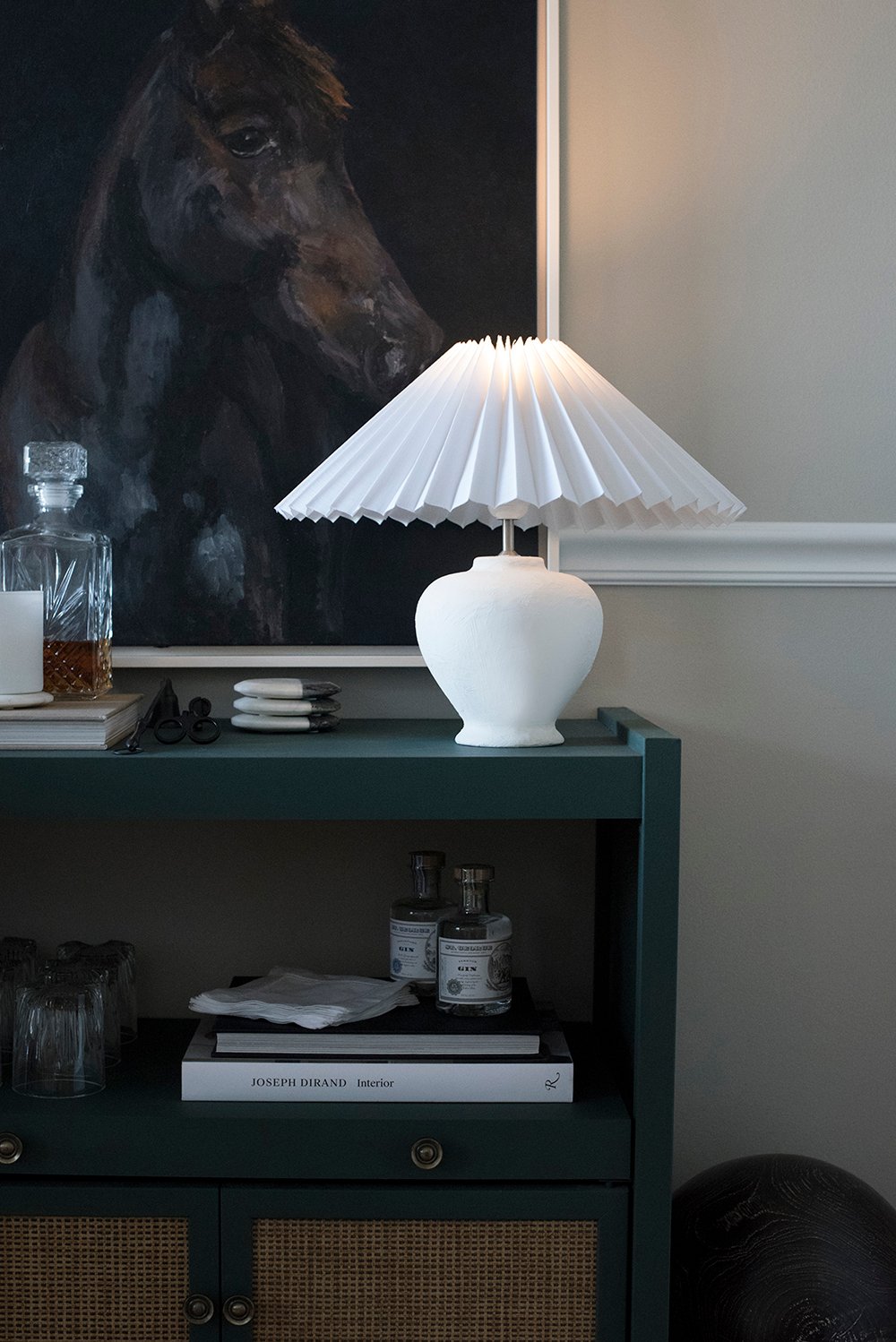 I’ve shared a lot of lighting posts over the years… in fact, I’ve actually covered this topic before, but thought it was time for an updated post, based on the amount of questions I receive on this topic. Good designers are experts in lighting- they know how to layer fixtures, they know how to adequately light a space based on its function, and most importantly- they know what lighting temperatures look best in a room. I’ve said it before and I’ll say it again- our home feels most magical and cozy during the evening hours, and I credit that solely to lighting. You can have a beautifully designed home filled with gorgeous light fixtures, and the color of a simple light bulb can really damper the overall look and feel. In today’s Designer Trick post, I wanted to chat about light temperature… how to choose the best temp for your room, expand on the color scale, and share my personal preferences when light bulb shopping. Click through to check it out!
I’ve shared a lot of lighting posts over the years… in fact, I’ve actually covered this topic before, but thought it was time for an updated post, based on the amount of questions I receive on this topic. Good designers are experts in lighting- they know how to layer fixtures, they know how to adequately light a space based on its function, and most importantly- they know what lighting temperatures look best in a room. I’ve said it before and I’ll say it again- our home feels most magical and cozy during the evening hours, and I credit that solely to lighting. You can have a beautifully designed home filled with gorgeous light fixtures, and the color of a simple light bulb can really damper the overall look and feel. In today’s Designer Trick post, I wanted to chat about light temperature… how to choose the best temp for your room, expand on the color scale, and share my personal preferences when light bulb shopping. Click through to check it out!
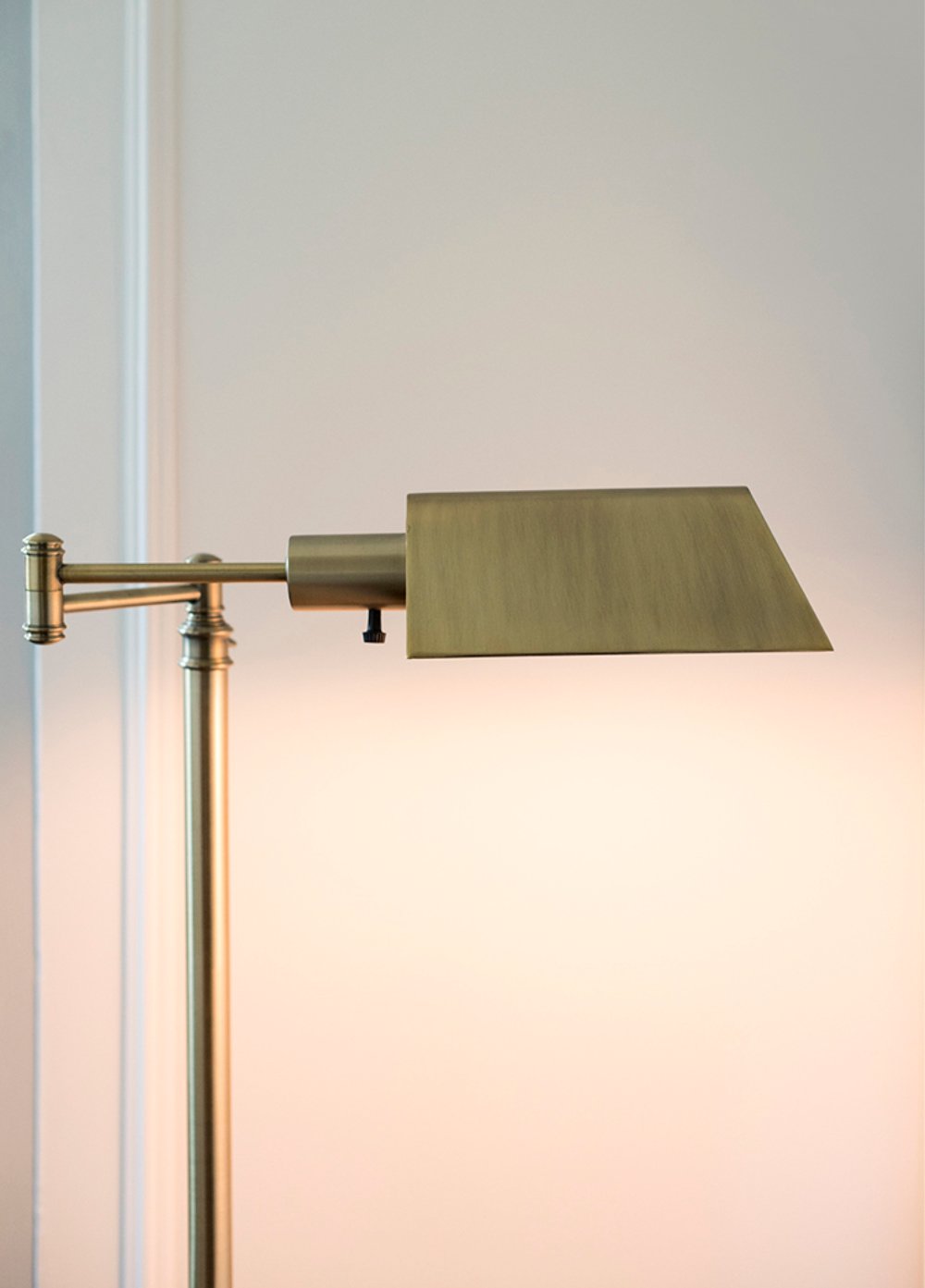 As I previously mentioned, there are two main terms you need to know when choosing a bulb: Kelvin and Lumens.
As I previously mentioned, there are two main terms you need to know when choosing a bulb: Kelvin and Lumens.
- Kelvin (K) is the color / temperature of the light omitted from the bulb (warm light to cool light). The higher the number, the cooler the light.
- Lumens (LM) is the brightness of a bulb… the higher the lumens, the brighter the light.
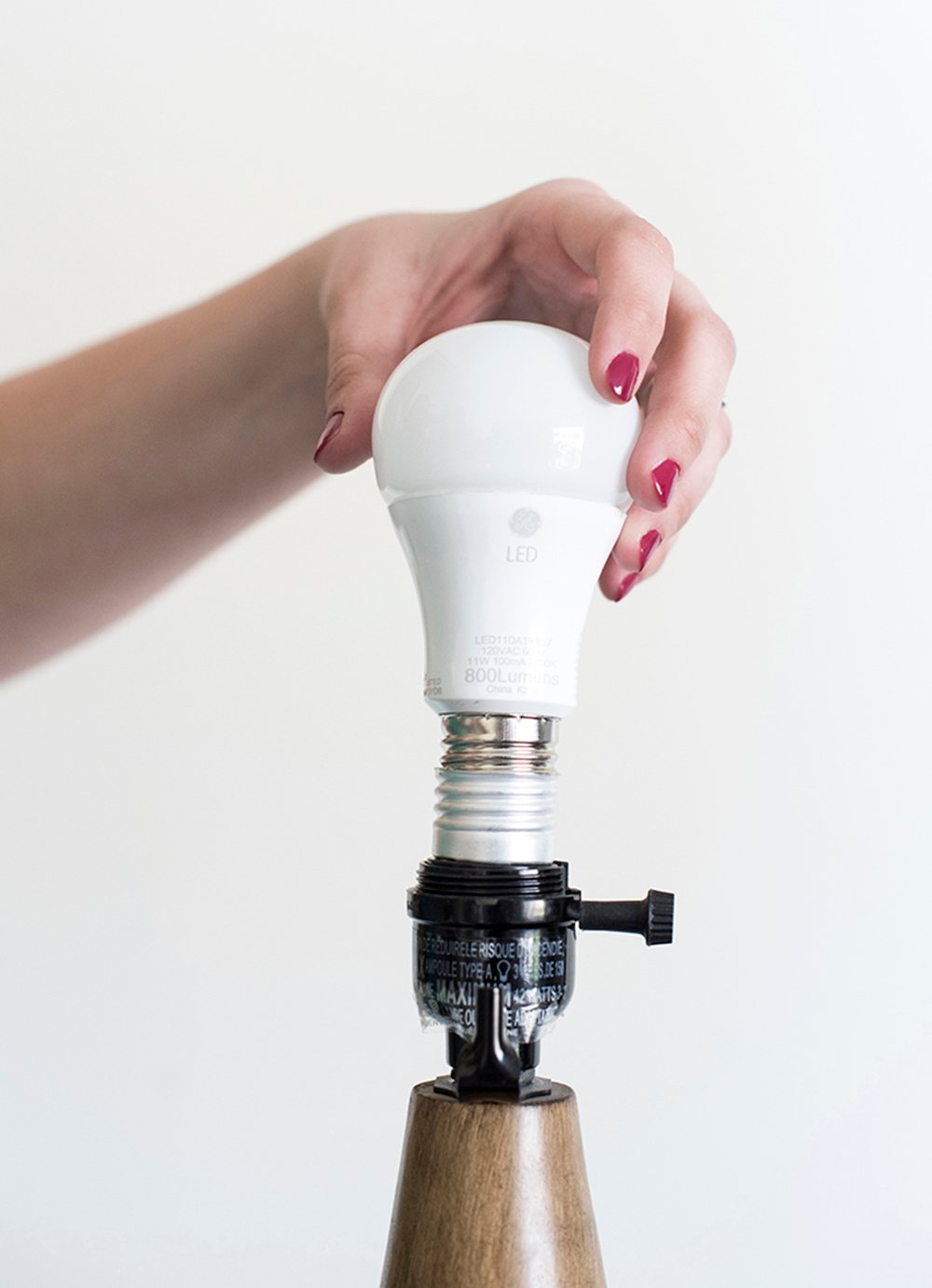 Easy to understand, right? My personal preference in terms of temperature (or Kelvin) is 2700 K. Sometimes I’ll even go as low as 2400 K. I prefer a warm, cozy light… I also think it makes my interior look its best. It’s easy on the eyes, never looks clinical, and absorbs nicely.
Easy to understand, right? My personal preference in terms of temperature (or Kelvin) is 2700 K. Sometimes I’ll even go as low as 2400 K. I prefer a warm, cozy light… I also think it makes my interior look its best. It’s easy on the eyes, never looks clinical, and absorbs nicely.
I do think that your Kelvin preference is dependent on your home and aesthetic. I never use lights during the daytime. Our house gets great natural light and they’re really not needed… not even in my office or the kitchen (unless the weather is bad). Since I only use lights during the even hours or during stormy weather, the warm light feels like a perfect fit for our home. I even prefer warmer bulbs for our exterior lights (porch lights, holiday lights, etc). I just think they’re more inviting! If your house is naturally dark and doesn’t boast much natural light, you may want to consider bumping your temperature to 3000 Kelvin for a more even hue… remember, the higher the Kelvin (K), the cooler the temperature. My 2700 K preference looks warmer than a 3000 K bulb, which would read a bit cooler. Make sense? When you get into the 4000 – 5000 K, I personally feel like rooms begin to take on a clinical or sterile feel, which isn’t my favorite. Again, that’s just my personal preference!
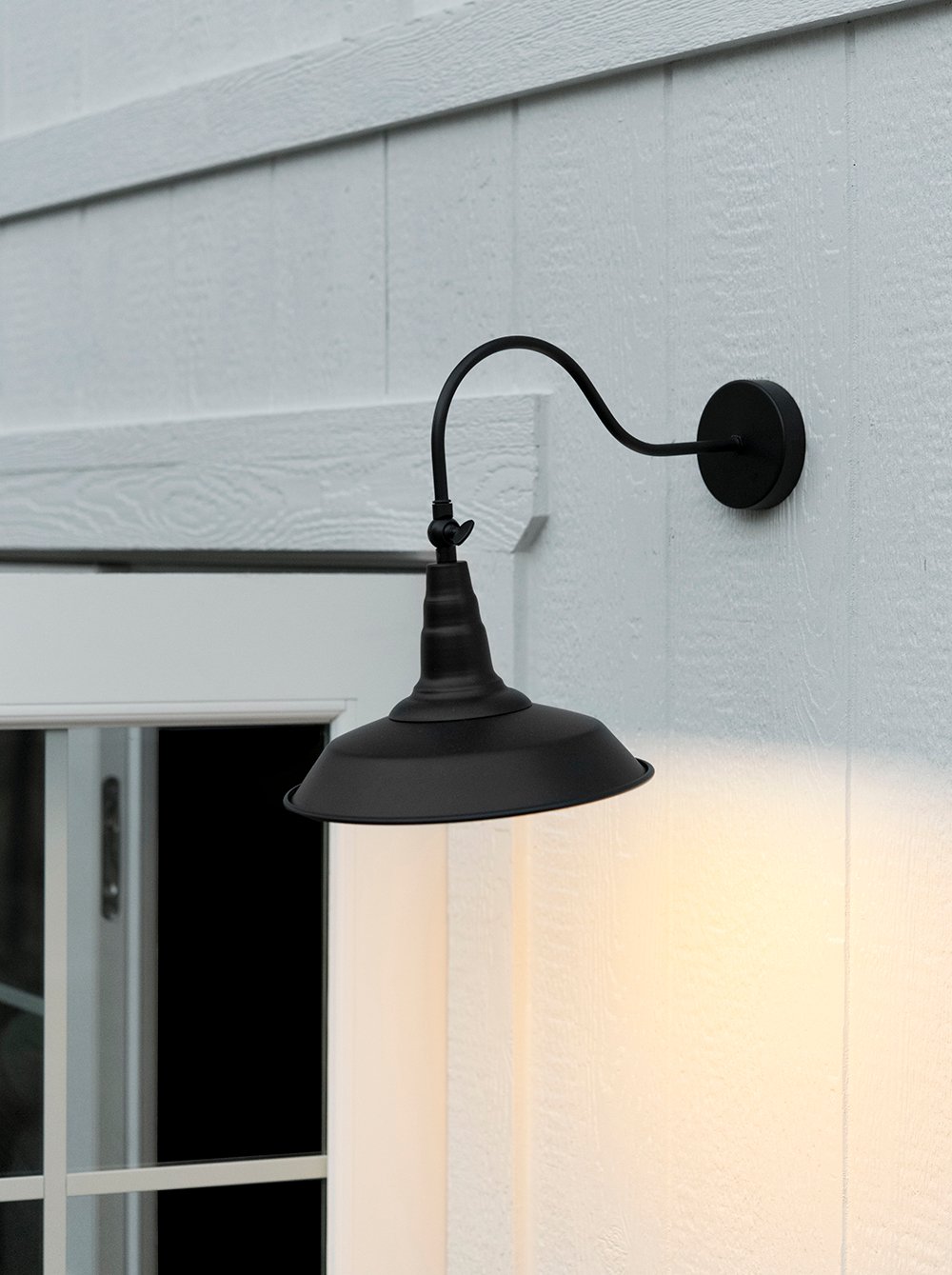 Brightness (or Lumens) totally depends on the function and the fixture. Are you using a light to cook? Is it the only fixture in the room? How many bulbs does the fixture contain? Is the bulb exposed or concealed? If the fixture has a shade, does it have a diffuser? Is it on a dimmer? All of these things play into the Lumens (or brightness) you’ll want to choose.
Brightness (or Lumens) totally depends on the function and the fixture. Are you using a light to cook? Is it the only fixture in the room? How many bulbs does the fixture contain? Is the bulb exposed or concealed? If the fixture has a shade, does it have a diffuser? Is it on a dimmer? All of these things play into the Lumens (or brightness) you’ll want to choose.
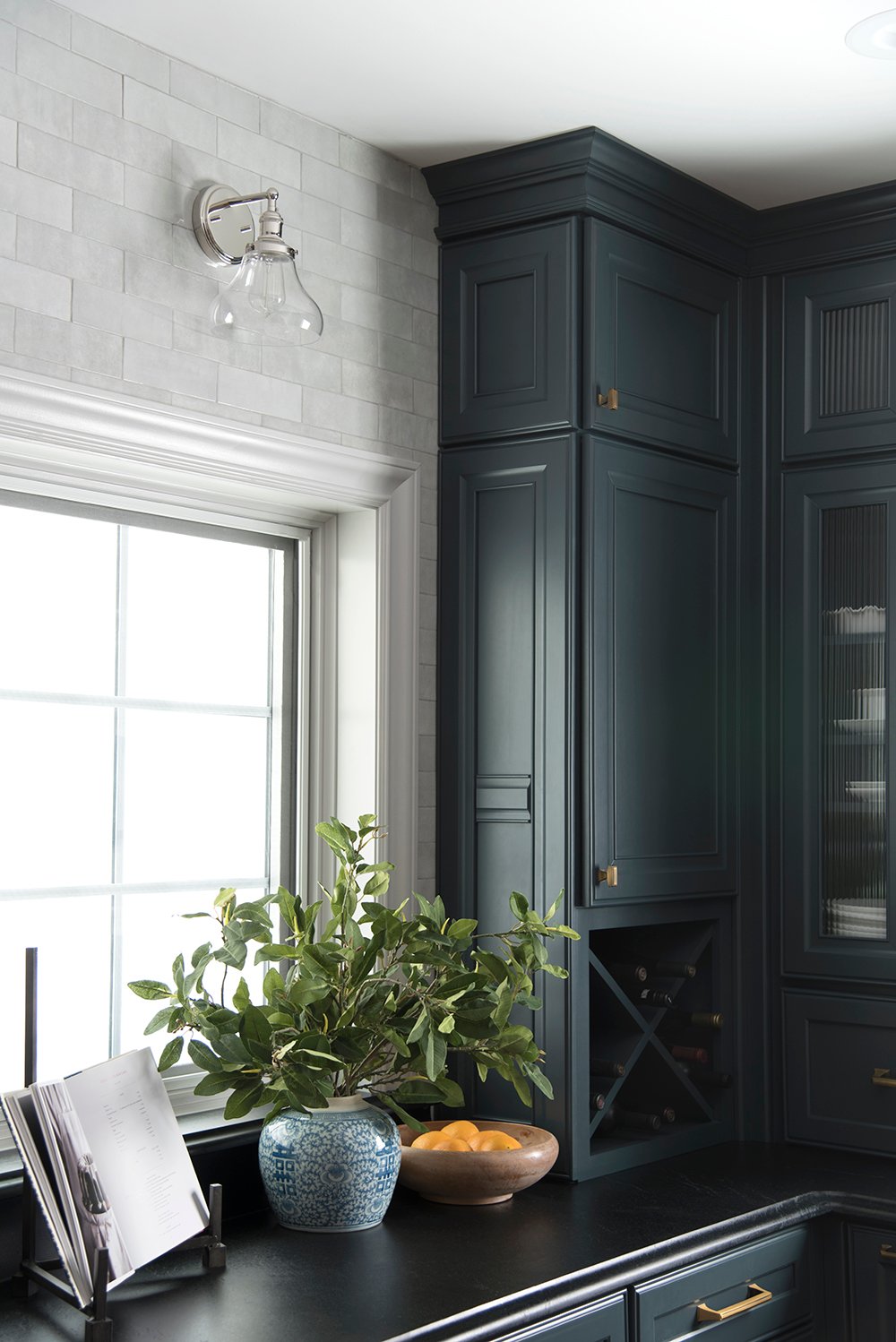 I do have a few lighting tips that should help with your lighting decisions…
I do have a few lighting tips that should help with your lighting decisions…
- Always use multiple light sources in a room- read this post on how to layer lighting like a designer!
- Hardwired, primary lights (that are used everyday) are great candidates for dimmers.
- When installing recessed lighting, think multiples… rather than installing two extra bright recessed lights- include four that are less harsh for a more even lighting zone. You’ll also need to consider their positioning.
- Consider the direction of output (which way the light is cast from a fixture). Here’s an example- installing a super bright bulb in a floor lamp with an open shade that shines down on your face is a bad idea, but installing a brighter bulb in a room with only one flush mount fixture that has a milk glass, fully concealed shade or globe is a good move. That seems obvious, right?
- Analyze the fixture material- does it have a clear shade, is the bulb exposed or concealed, does it have a diffuser, etc? You’ll need to choose the Lumens (or brightness) based on each individual fixture and its use.
- Think about how many bulbs a single fixture requires. For example, a chandelier requires multiple bulbs, so I stick to low Lumen bulbs to keep the glare to a minimum. The combination of the bulbs will still provide a nice bright light overall, but won’t be overwhelming or harsh.
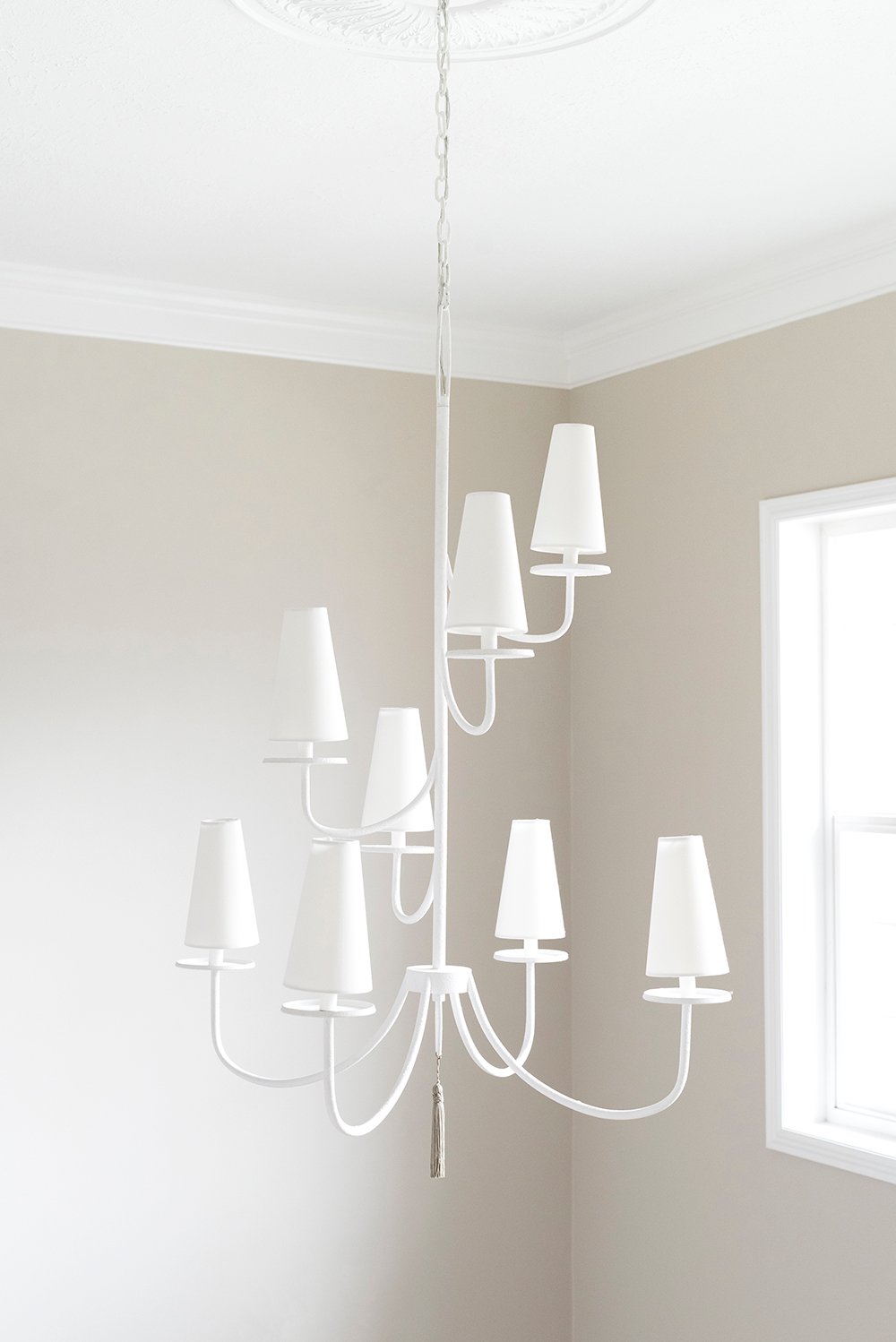 Lastly, let’s talk about bulb design and shape. This is a big one for me! I feel like as LED bulbs took over the market (for good reason based on their efficiency), some fast, bad design crept into retail stores. Don’t worry- there are plenty of good bulb styles to choose from, but I also intentionally avoid shapes like spiraled bulbs and odd flattened, flood shapes. Why? Unless your bulb is totally concealed in your fixture and you’ll never see it, I want the bulb to look aesthetically pleasing. If I’m lounging in bed and look up at my sconce or lamp, those little details make me crazy. For fixtures with exposed bulbs, clear globes, or open shades, make sure you choose a bulb shape that looks cohesive with the light fixture itself. I stick to basic white or clear bulbs, standard shapes, round shapes, and vintage shapes (like edison style bulbs). This has nothing to do with performance, brightness, or bulb temperature… it’s purely an aesthetic decision.
Lastly, let’s talk about bulb design and shape. This is a big one for me! I feel like as LED bulbs took over the market (for good reason based on their efficiency), some fast, bad design crept into retail stores. Don’t worry- there are plenty of good bulb styles to choose from, but I also intentionally avoid shapes like spiraled bulbs and odd flattened, flood shapes. Why? Unless your bulb is totally concealed in your fixture and you’ll never see it, I want the bulb to look aesthetically pleasing. If I’m lounging in bed and look up at my sconce or lamp, those little details make me crazy. For fixtures with exposed bulbs, clear globes, or open shades, make sure you choose a bulb shape that looks cohesive with the light fixture itself. I stick to basic white or clear bulbs, standard shapes, round shapes, and vintage shapes (like edison style bulbs). This has nothing to do with performance, brightness, or bulb temperature… it’s purely an aesthetic decision.
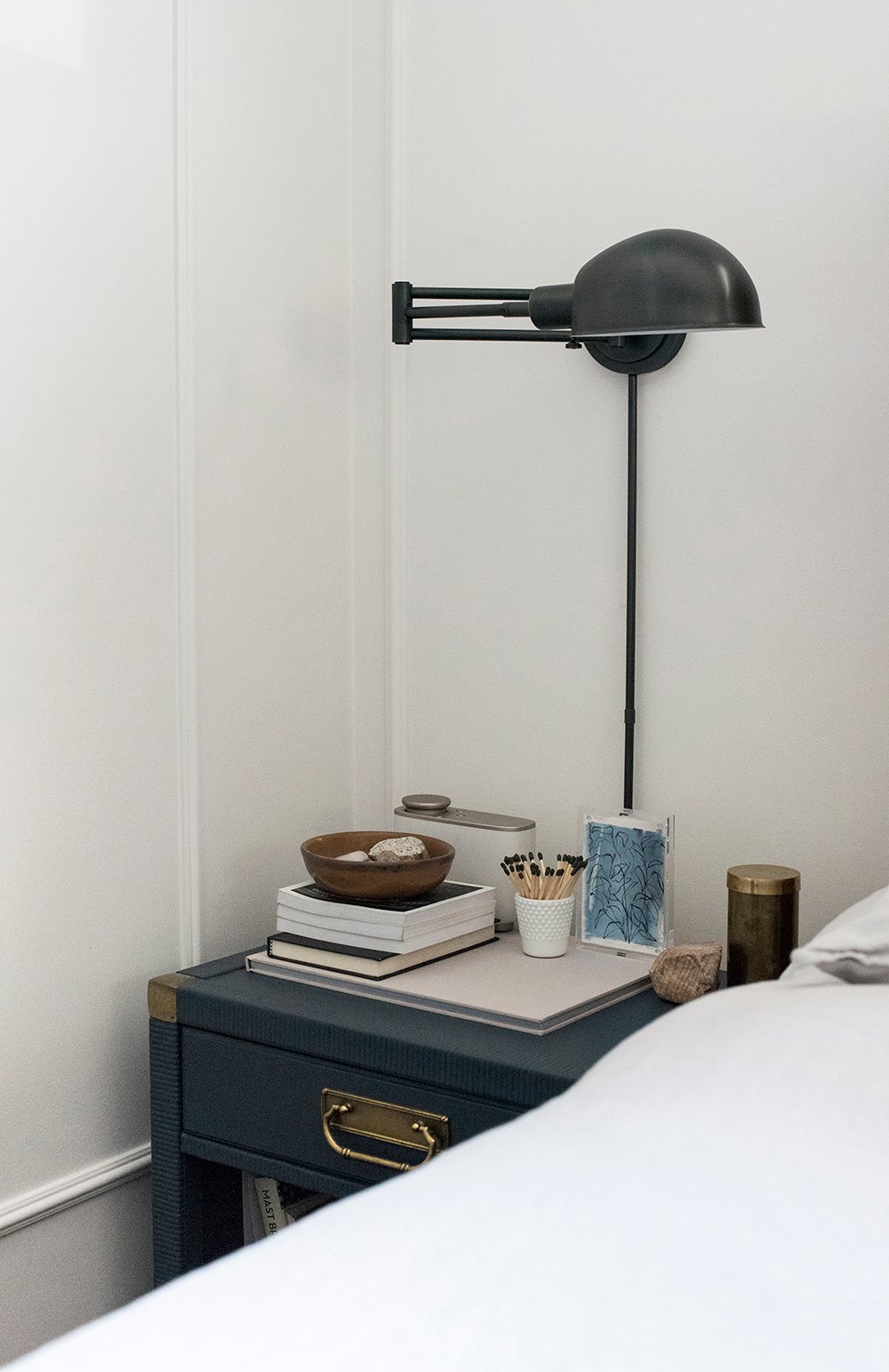 For more posts & resources on lighting, check out some of these below…
For more posts & resources on lighting, check out some of these below…
- Tips for Layering Lighting Like a Designer
- Your Guide to Recessed Lighting
- Roundup : Task Lamps
- My Best Light Fixture Finds on Amazon
- Roundup : Kitchen Countertop Lamps
- Guide for Properly Lighting a Kitchen
- Best of Etsy : Light Fixtures
- Roundup : Outdoor Sconces & Porch Lights
- How to Navigate LED Lighting
- Roundup : Lighting from Serena & Lily
- Trend Alert : Bouillotte Lamps
- Best of Etsy : Vintage Table Lamps
- Roundup : Tiny Table Lamps
- Roundup : White Ceiling Fans (With Lights)
Additionally, you can find the entire Designer Trick series here. I’ve been sharing my industry tips & tricks for almost two years now! I hope these posts are helpful.
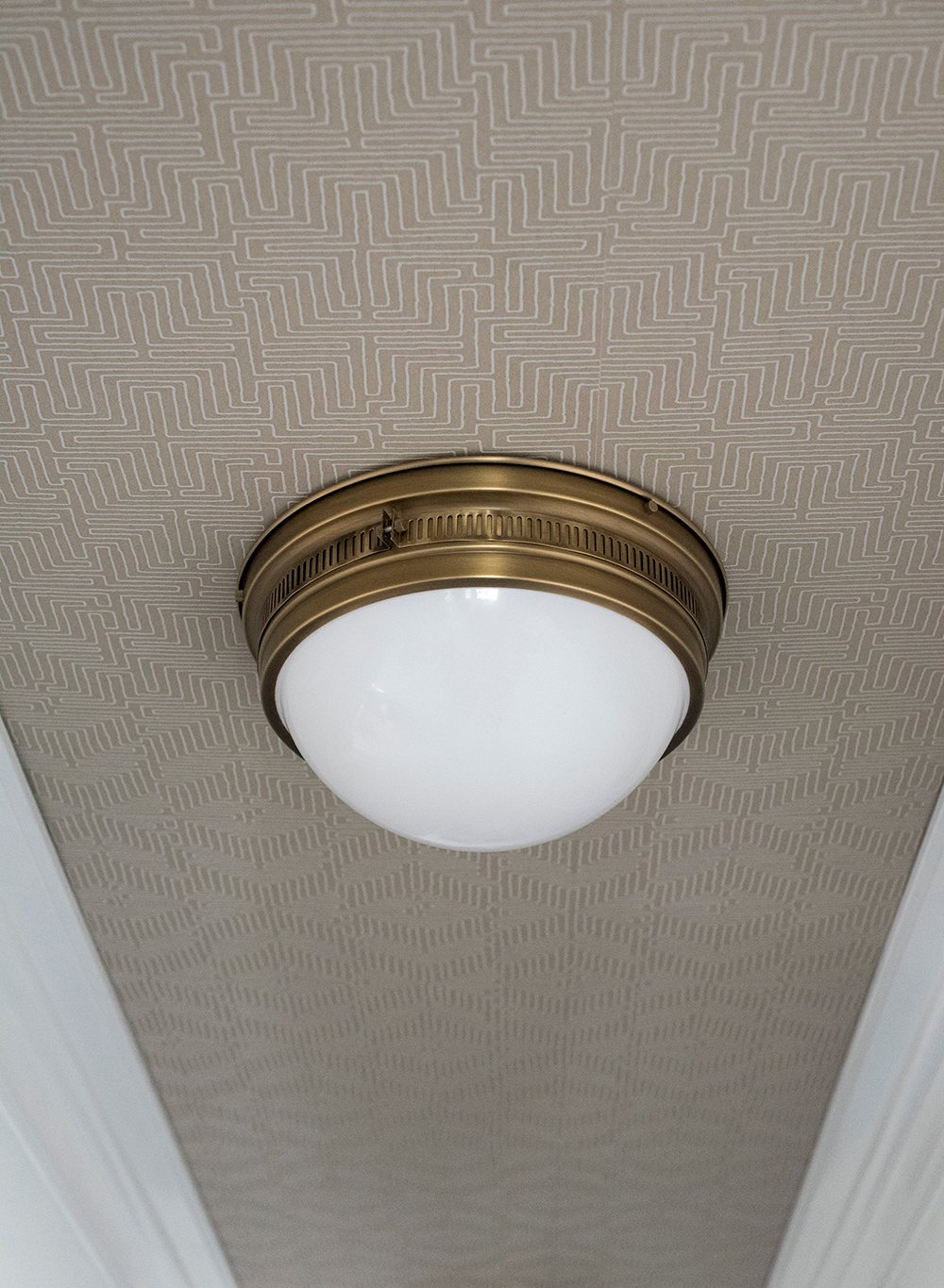 Hit me with your lighting or bulb questions in the comment section below! I’m happy to help. While it can seem daunting, bulb temperature and brightness is really pretty easy! I think it just requires practical thinking. I hope this updated bulb post makes things a bit easier for you the next time you’re bulb shopping! As always, let me know if you have other design questions or topics you’d like me to elaborate on in future blog posts. I feel the best posts are always the reader requests. I’ll drop a bunch of warm bulbs below (in my preference of 2700 K- also called “soft white”), if you prefer to buy bulbs online…
Hit me with your lighting or bulb questions in the comment section below! I’m happy to help. While it can seem daunting, bulb temperature and brightness is really pretty easy! I think it just requires practical thinking. I hope this updated bulb post makes things a bit easier for you the next time you’re bulb shopping! As always, let me know if you have other design questions or topics you’d like me to elaborate on in future blog posts. I feel the best posts are always the reader requests. I’ll drop a bunch of warm bulbs below (in my preference of 2700 K- also called “soft white”), if you prefer to buy bulbs online…

